A few months back I picked up a couple pairs of the Thompson Fatbells. After having spent a good amount of time messing around and training with these bad boys, I figured I’d spend a few minutes telling you what I think about them.
For those of you who have no idea what a Fatbell is, well they are essentially a kettlebell with the handle moved to the center (or the core) of the bell for the purpose of balancing the weight equally around the hand. Or to look at it another way, the Fatbell is the unification of a kettlebell and a dumbbell.
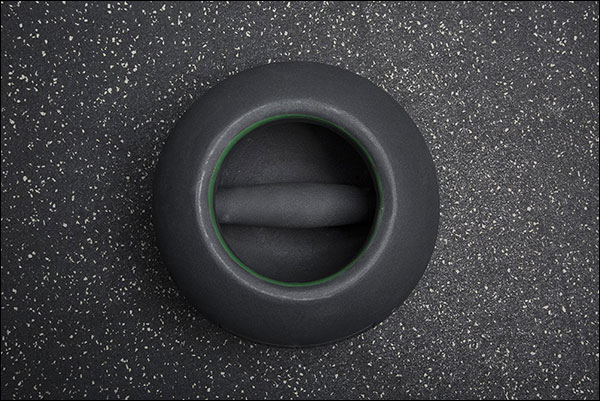
Some of the claimed benefits of this unique & clever design include a reduction of shearing force, better load distribution on the muscles and connective tissue, and less strain on the wrists. Well, that’s the claim anyway, but we’ll see.
My Thompson Fatbells
I purchased a pair of 26-lb and 35-lb Fatbells. I chose these two weight sizes because my initial impression of this product was that they were going to make a much better dumbbell than kettlebell, and these two sizes happen to be extremely versatile as dumbbells (lateral and front raises, arm bars, bicep curls, flyes and reverse flyes, and so on.) Also, going with relatively light Fatbells made checking them out affordable; much more so than buying 80- or 90-pound bells.
If you’re wondering why I had the impression that Fatbells would make a better dumbbell replacement than kettlebell replacement before ever seeing or handling one, It’s because it seemed unlikely that I’d be able to get two hands inside a Fatbell. The way I saw it was that if I could use Fatbells for anything I could use a dumbbell for, and I could use them for just about any one-handed kettlebell movement, but I could not use them for two-handed kettle movements, then it really doesn’t replace a kettlebell.
Anyway, that was just my initial impression from reading the product description and looking at the pictures.
Actual Initial Impression
Upon receiving my Fatbells and playing around with them for a little bit I knew that I liked them. The weight does feel more balanced, and once you get used to them a little bit they do feel easier on the wrists. Now as far as there being more load distribution on muscles & connective tissue, I’m not sure I’m qualified to agree or disagree with such claims. However and interestingly enough, Fatbells do feel heavier than dumbbells of the same weight which is peculiar – so perhaps the claim is true.
That said, I was right about not getting two hands inside one of these – no chance in hell. Looking at the images on Rogue’s site (shown below), it doesn’t even look as though the opening gets much bigger as the weight goes up. Now there are ways to hold the Fatbell to do two-handed swings, but it’s certainly not ideal, nor is it particularly safe. So yes, Fatbells are definitely more of a dumbbell than a kettlebell.
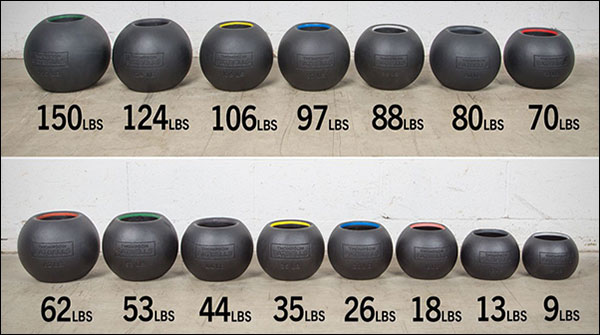
Despite that, I still think that Fatbells are a really neat and ingenious idea, and they clearly have their place in a gym. They no doubt improve upon the dumbbell, and maybe even completely replace dumbbells – and they half replace the kettlebell in the sense that one-handed movements are doable. Again though, it’s a no-go on the two-handed stuff.
Worth the Cash?
Thompson Fatbells could easily replace dumbbells in a gym setting. Sure, you and I could both find a couple random movements with dumbbells that wouldn’t work well with Fatbells, but overall these are just as good if not better than a dumbbell. The problem is that they are expensive, and nobody is going to throw out dumbbells for a new, pricier product.
To give you an idea, a pair of 25-pound rubber hex dumbbells runs about $60, while a pair of 26-pound Fatbells goes for $90. A pair of 70-lb dumbbells sells for about $170, while a pair of 70- pound Fatbells is $216. The gap gets smaller as they get heavier, but never is a Fatbell cheaper.
You also have to deal with large, inconsistent jumps in weight. Instead of 5-lb increments like you’d have with dumbbells, you get jumps ranging from 4-lbs to over 20-lbs; with the average being about 9-lbs. Hopefully at some point Rogue fills in the larger gaps with more units, but I’m thinking that’s unlikely since Fatbells, while in pounds, are based on standard kettlebell weights (that are in kilograms.)
All that being said, I still really like Fatbells. Honestly I’d have already ordered more of them by now, but I have the problem of already owning a full set of dumbbells so the cost is, well, unjustifiable. Now had I not already owned nearly 20-pairs of dumbbells, I’d definitely own more Fatbells.
Pros [+]
- Even distribution of weight around the hand making just about any movement easier on the wrists, and this is true whether or not the movement is typically done with dumbbells or kettlebells.
- Extremely versatile; push, pull, clean, lunge, snatch, press, row, curl, chop, swing, and toss all with the same item. Fatbells almost completely replace the need for dumbbells, and aside from two-handed movements they do the same for standard kettlebells.
- Less joint shearing and greater load distribution than dumbbells and classic kettlebells. Again, this is a claim made by Rogue and Thompson, and other than to say that work done with Fatbells feels more productive, I cannot confirm or deny this claim with any real certainty.
- Sturdy flat base makes them great for Renegade Rows, bear walks, and even push-up and plank variations.
- Fatbells have a smaller total diameter than equivalent dumbbells and most kettlebells, making for a potentially larger ROM in certain movements.
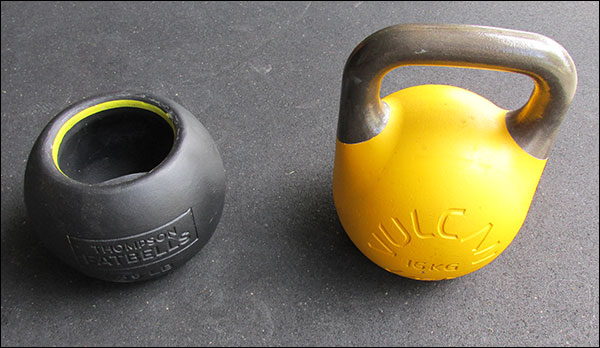
Side-by-side size comparison of Fatbells and kettlebells
- Cast iron design is durable, and standard Rogue powder-coating is easy to maintain. No heads to come loose like with standard hex dumbbells.
Cons [-]
- Cost: A single Fatbell of every weight up to 100-pounds (97, actually) will set you back about $950. If you want pairs, double it. There are also a bunch of Fatbells that exceed 100 pounds, and to include those pairs in your set is another $1000.
- Big weight gaps between each Fatbell. This is the only reason why Fatbells could not 100% replace dumbbells – there is just too much weight difference between each unit. Dumbbells jump 5-pounds at a time, with smaller bells being 2½-pounds apart. Fatbells jump up about an average of 9-pounds. This large jumps make the progression of accessory lifts more difficult to manage.
- Fatbells cannot be ditched at the end of a set as easily as dumbbells. Imagine trying to dump a pair of 80-pound Fatbells at the end of a set of presses – you can’t with your hand deep inside the things.
- As previously mentioned, Fatbells are no good when it comes to two-handed kettlebell movements. You’ll still need to own standard kettlebells for those.
My Favorite Use for Fatbells?
Arm Bars! I have a funny shoulder that requires a lot of re/pre-hab. Fatbells have become a nice addition to my ‘rotator repair’ tool box.
Here’s a good video on he Arm Bar in case you are unfamiliar. Jeff is using a kettlebell, but try it with your Fatbell after trying it with a kettlebell – you’ll see why I like the Fatbell more.
Check out Fatbells yourself at Rogue.
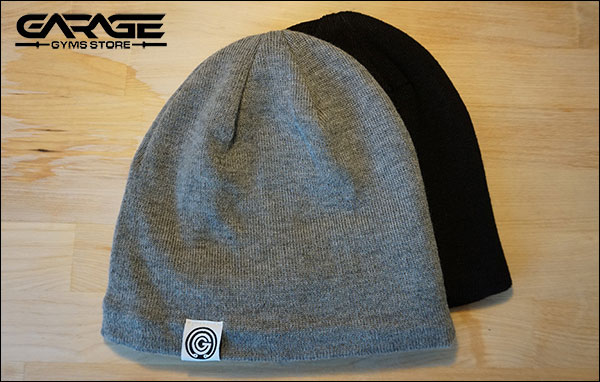

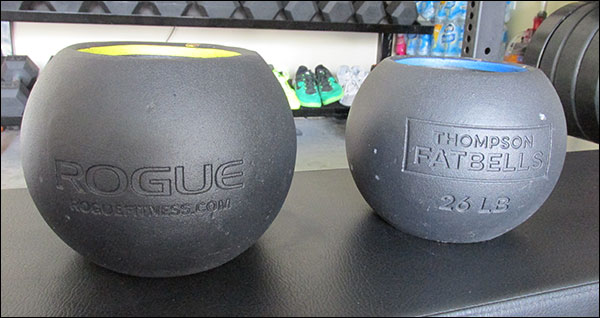
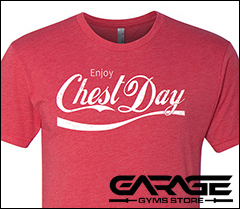
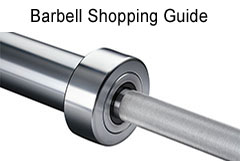
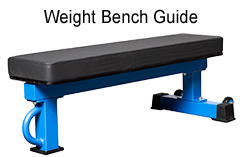
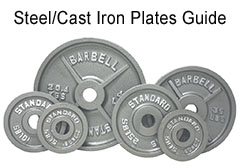
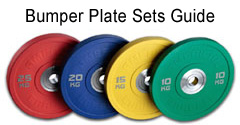
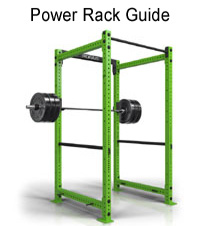
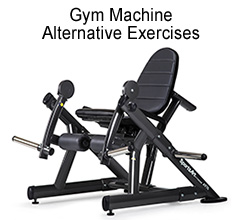

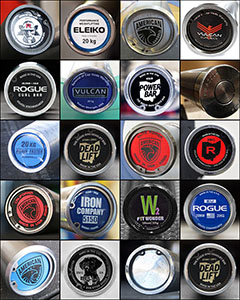

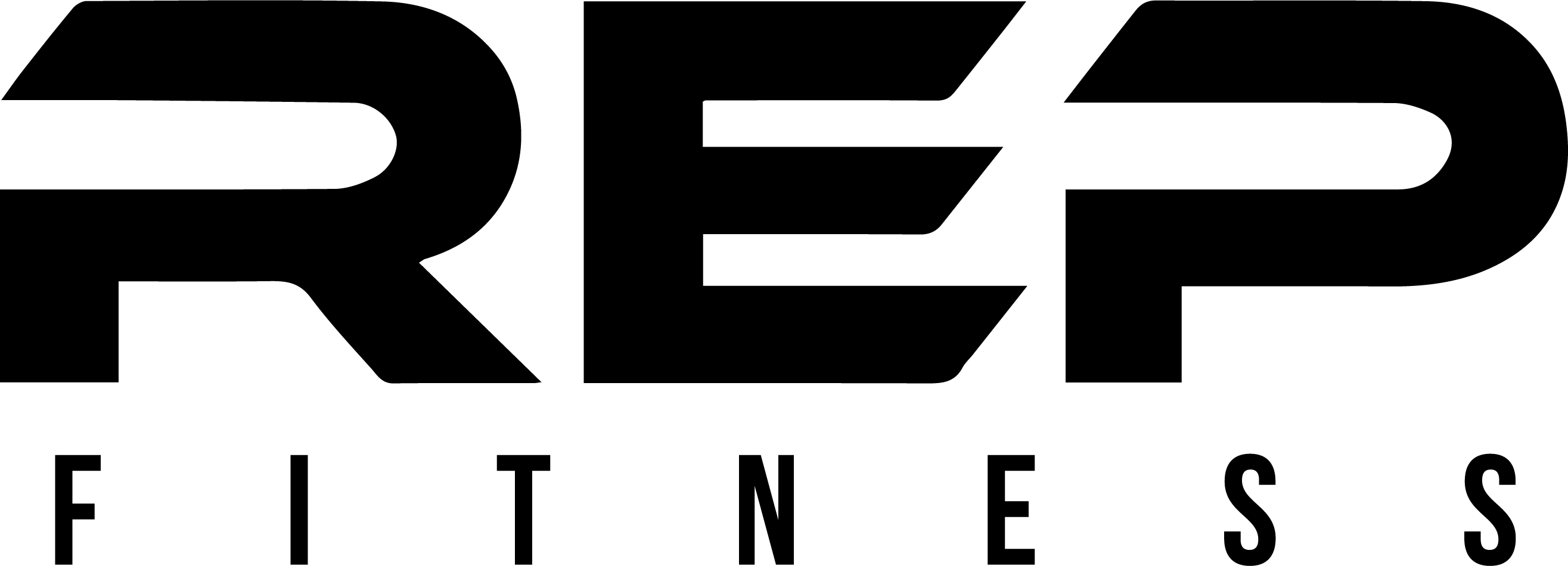
Guys who do a lot of dumbbell work like to put them together during exercises, fatbells you really can’t, heavy dumbbells often are dumped off after the final rep, fatbells you cannot, as you mentioned, kettlebell moves like cleans or anything using two hands you cannot do. I’ve found kettlebells are the best overall product to incorporate dumbbell moves and those of kettlebells. While a bit of an interesting product, not one that will take off. Also, most CrossFit gyms want cheaper not more, for the dollar spent. Even dumbbells that are already in CrossFit gyms now rarely get used vs. kettlebells. Sort of like inventing too many barbell options, there are only so many bars you need to choose from really, to accomplish the same thing, otherwise it’s just too hard to really see the differences.
I agree with the earlier sentiment: this is more of a dumbbell replacement than a kettlebell replacement. But only for those with lots of space. For a small garage gym like mine, there’s no way I’m going to get rid of the powerblocks that occupy about 2sf on the top of a shelf (with kettlebells underneath) and fill up space I don’t have with a rack of these. And there’s no way these replace kettlebells.
The off-center handle of the kettlebell is part of what makes it such an amazing exercise tool. The additional “shearing force” and strain on the wrists is exactly the reason why you would choose a kettlebell over a dumbbell. A number of one-arm exercises (figure-8’s, competition swing, competition snatch, etc.) involve mid-air transitions that the fatbell can’t do. The additional length of the moment arm (over a dumbbell or one of these) in swinging exercises increases the effective load on your body for the same weight. If anything, on wrist loading and load distribution, I’m headed the other direction from these fatbells, looking at indian clubs and other highly offset weights to increase wrist and forearm loads still further.
On size, if smaller sizes are desirable for increased range of movement, use RKC instead of Girevoy/competition kettlebells (since competition kettlebells are all the same size). The RKC bells will have a smaller ball than the fatbells at all weights and be much smaller than the competition bells at lighter weights.
Rogue appears to be trying too hard to come up with something to differentiate themselves. Good luck to them, I suppose, but I don’t see this catching on.
Good points, Ross. Unbeknownst to most folks, Sorinex also has a version of the Fatbell, though I’m not sure which existed first.
About the impossibility of doing two handed KB movements with Fatbells– There are not that many two hand KB movements. Goblet squats, you probably could do with a Fatbell; either just hold it in your two hands, or hold the handle with one and support with the other. Same thing with halos– I’d say definitely hold the handle with one hand and support with the other; you don’t want to drop the thing on your head.
The main two handed movement, though is the swing, and what I’d suggest for that is to get a lumberjack device; then you can do swings, or lumberjacks (basically a squatty swing, also closely resembles a power snatch) and you can adjust the weight with plates.
So you could have a few Fatbells, or pairs of them, and a lumberjack device, and that would cover your needs.
is it too small for your hands in these flatbells when doing bench presses or inclines and declines
No, the opening is plenty big
I have a pair of 50lb Sorinex CMBs. As they are open on both sides, it actually opens up a lot of great two-handed heavy medicine ball-like exercises like woodchops, goblet squats, halos, two-hand swings, two-hand presses that are more awkward with the (one-opening) Thompson fatbell, dumbbell, or kettlebell. I felt compelled to post – even though I am late to the party – as the additional utility of the two openings in the CMBs never gets mentioned in any review since Thompson fatbells are more popular than CMBs. IMO, the CMBs replicate almost all the traditional dumbbell exercises like a bench press, replicate all the grind type kettlebell exercises like presses, provide passable versions of the kettlebell ballistic exercises like swings and snatches, and finally provide the medicine ball type exercises I mentioned above including a very comfortable version of the goblet squat (cannonball squat?). To me, this makes it arguably the best “handheld gym” option with a shorter learning curve (and less need for technique instruction) than kettlebells. They do lack the nicely knurled handle of a quality dumbbell or the fluidity of a good KB swing but bring other attributes to the table.
You make a great (many great) points. I’d go this route if I were to ever build out a collection of any version of these bells. I never expanded on my Thompson collection though; still preferring standard dumbbells for enough things that it made no sense to try to find a home for a decent set of Fatbells too.
During the pandemic period, I have been fortunate enough to cobble together fixed urethane dumbbells -the heavier ones being well-used but still very nice Iron Grip dumbbells from closed gyms. And if I had to choose between quality fixed dumbbells or fatbells/CMBs – I would still go dumbbells. For me, the CMBs are more for adding variety or doing circuits (particularly outdoors). A couple pairs of CMBs and I think I would be fine for life – I don’t think I would ever need a complete set.